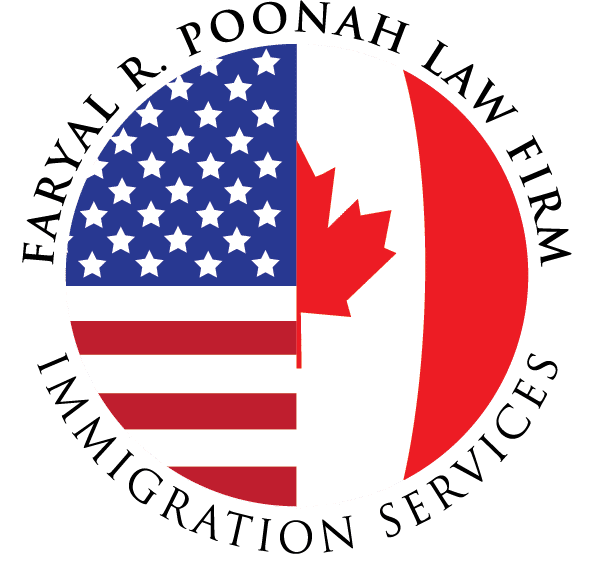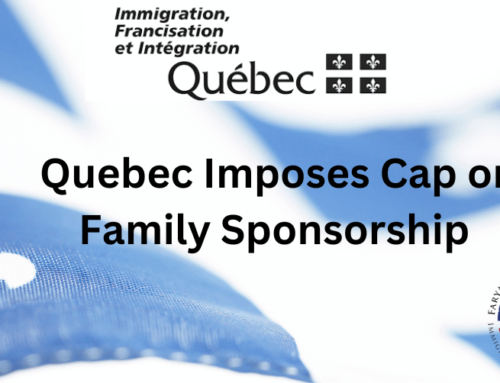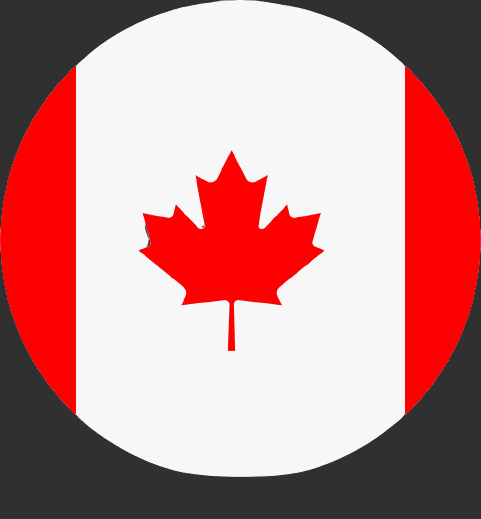Canada announces new immigration stream specific to health workers
Canada New Immigration Stream for Health Workers: On June 28, 2023, Immigration, Refugees and Citizenship Canada (IRCC) announced a dedicated round of express entry invitations for health workers in addition to existing immigration initiatives to fill labor gaps in the health sector. Canada’s flagship economic immigration program is the Express Entry system.
The health field is one of several key sectors of Canada’s labor force that is facing unprecedented shortages. According to a news article by CBC on March 8, 2023, Ontario will be short 33,000 nurses and PSWs by 2028. That’s a significant amount for a critically important area of work.
To help respond to this challenge, the Government of Canada will now issue invitations to apply for permanent residency in Canada to candidates from particular fields or with specific skills, training, or language ability. These new features will be used for a dedicated round of invitations to be sent to health workers, including doctors, nurses, dentists, pharmacists, physiotherapists, and optometrists. The first round for category-based selection opened on June 28th, and 500 health workers were invited to apply. A second round, inviting 1,500 workers to apply, will take place on July 5. The express entry round of invitations for health workers is in addition to existing immigration initiatives to fill labor gaps in the health sector.
This phased approach will ensure the smooth launch of the program.
If you have clients with H-1B holders who are running out of time or who didn’t make the cap, they can now come to Canada much more easily. These workers will have open work permits allowing them to continue to work for their US employer but from Canada and take on side jobs if desired for Canadian employers.
Of course, if they want to transition to Permanent Residence, a ‘closed’ (Canadian employer-specific) work permit may still be the best option so if the US employer has an entity in Canada, it could be preferable to do an intra-company transfer work permit (similar to the L-1).
The government is also targeting digital nomads. So if the worker wishes to come to Canada to work for the US employer remotely, they may do so. Having said that, this was always the case, provided the work was benefitting a US entity (and ‘leaving’ Canada). The advantage of the new open work permit is that employees would also be able to benefit the US employer’s subsidiary here and work on Canadian projects.
New Express Entry Criteria
Now, the Express Entry system will prioritize the invitation of skilled newcomers with Science, Technology, Engineering, and Mathematics (STEM) experience and provides a streamlined and efficient pathway for individuals with expertise in these critical fields. By prioritizing the invitation of skilled newcomers with STEM experience, Canada aims to meet the growing demand for talent and fill key positions that contribute to the nation’s economic growth and technological advancement.
By focusing on candidates with healthcare expertise and by bringing in the talent the country needs, this measure will help improve access to healthcare services for Canadians and their families. Additionally, the first-ever category-based selection rounds support Canada’s commitment to welcoming in-demand professionals and skilled workers into communities across the country. Alongside general invitation rounds, these category-based selection rounds will continue throughout the year, and more details will continue to be announced in the coming weeks.
- The Economic Mobility Pathways Pilot, for which two new streams were announced a few weeks ago, creates opportunities for skilled refugees and other displaced individuals to use their education, training, and experience to continue their careers in Canada. To date, this pilot has seen the greatest uptake in the healthcare sector, with over 50% of the applications received being for candidates working as nurses’ aides, orderlies, and patient service associates.
- In April, changes were made to Express Entry to facilitate the issuance of permanent resident visas for physicians providing publicly funded medical services in Canada.
- In December, the Government of Canada announced $90 million will be invested in projects to help remove barriers preventing qualified and skilled newcomers from gaining work experience in their own profession or field of study.
- Between 2017 and 2022, 21,656 skilled newcomers arrived in Canada to work in health occupations.
Today’s announcement advances Canada’s efforts to retain and recruit health workers to address the health workforce crisis. Supporting a sustainable health workforce is one of the shared health priorities agreed to by the Government of Canada and provinces and territories, outlined in the Working Together to Improve Health Care for Canadians Plan. This plan is supported through a Budget 2023 commitment of close to $200 billion over 10 years, including $46.2 billion in new funding to provinces and territories to improve health care services for Canadians. As part of these agreements, provinces, and territories are also being asked to streamline foreign credential recognition for internationally educated health professionals and to advance labor mobility, starting with multi-jurisdictional credential recognition for key health professionals.
According to Sean Fraser, Minister of IRCC, “In no sector is the labor shortage more prominent than in the health care sector.”
Quick facts
- According to IRCC landing data, skilled newcomers who arrived in Canada between 2017 and 2022 intended to work in the following health occupations (please note these are preliminary estimates and subject to change):
- 10,051 nurses (including registered nurses, licensed practical nurses, and registered psychiatric nurses)
- 4,449 doctors (including 2,013 specialist physicians)
- 2,552 dentists
- 2,054 pharmacists
- 910 physiotherapists (798) and occupational therapists (112)
- 156 optometrists
- 218 dietitians and nutritionists
- 13 chiropractors
- 410 medical laboratory technologists
- 222 medical radiation technologists
- 151 audiologists and speech-language pathologists
- 171 allied primary health practitioners
- 56 paramedical occupations
- 88 respiratory therapists, clinical perfusionists, and cardiopulmonary technologists
- 155 dental hygienists and dental therapists
- In June 2022, the Government of Canada made changes to the Immigration and Refugee Protection Act to allow for the selection of immigrants based on key attributes that support economic priorities, such as specific work experience or knowledge of French.
- On May 31, 2023, Minister Fraser announced the first-ever launch of category-based selection, a new process to welcome skilled newcomers with work experience in priority jobs as permanent residents.
- The categories were determined following extensive consultations with provincial and territorial partners, stakeholders, and the public, as well as a review of labor market needs. A complete list of eligible jobs for the new categories is available on our website.
- Immigration accounts for almost 100% of Canada’s labor force growth, helping to address labor shortages in key sectors.
- Under the Canada–Québec Accord, Quebec establishes its own immigration levels. From 2018 to 2022, admissions under the Federal High-Skilled program accounted for between 34% and 40% of overall French-speaking admissions outside Quebec.
This alert is for informational purposes only. If you have any questions, please contact us via email at info@poonahimmigrationlaw.com for further information.




